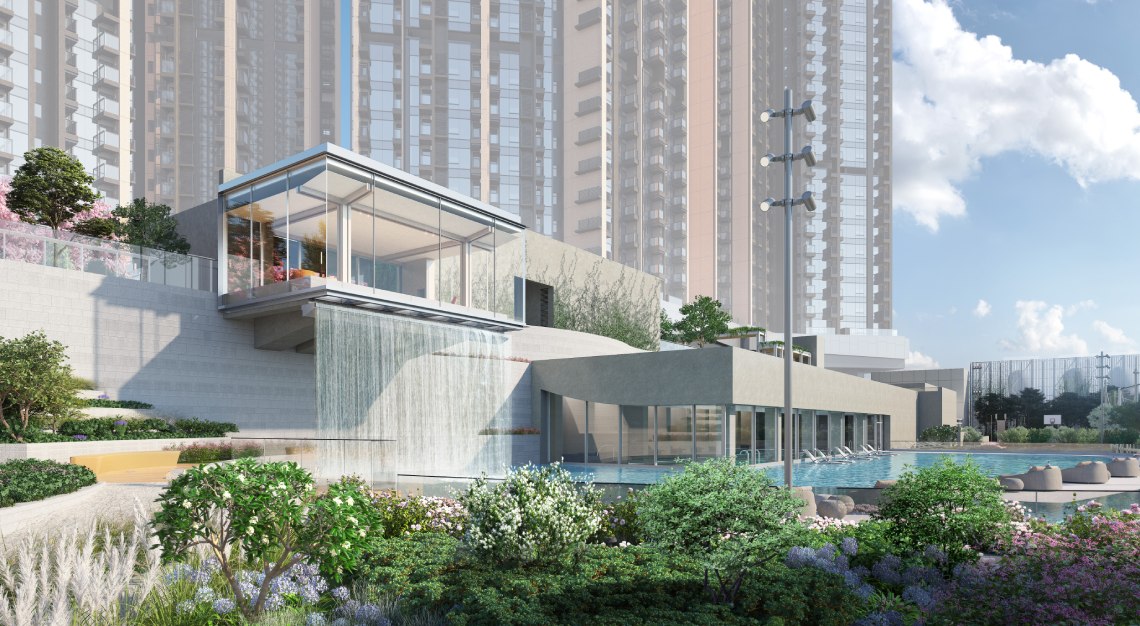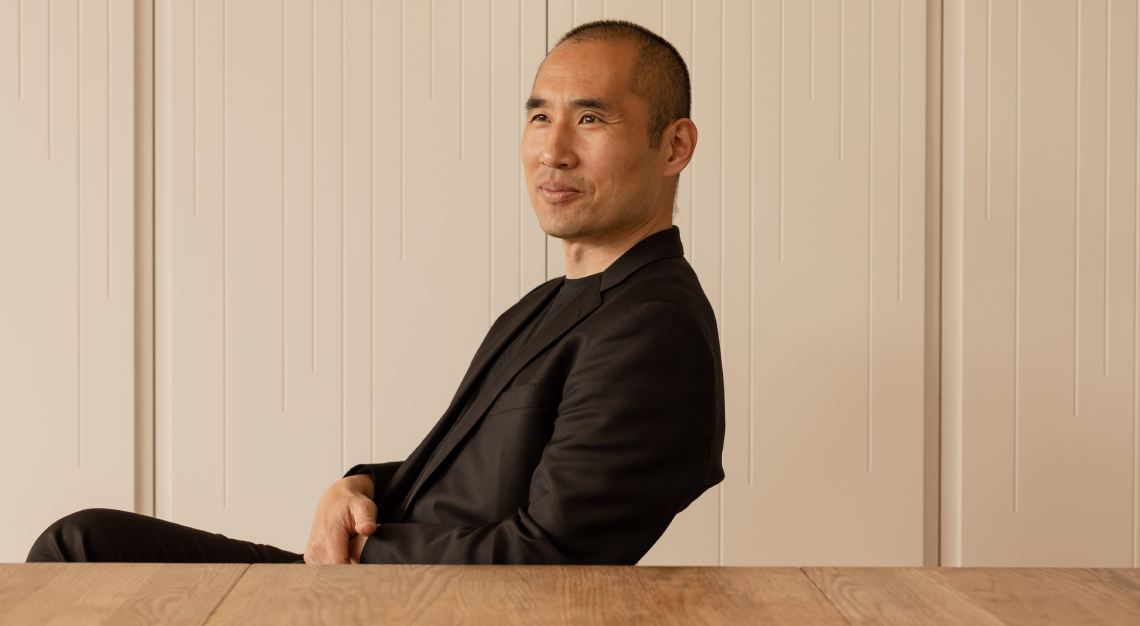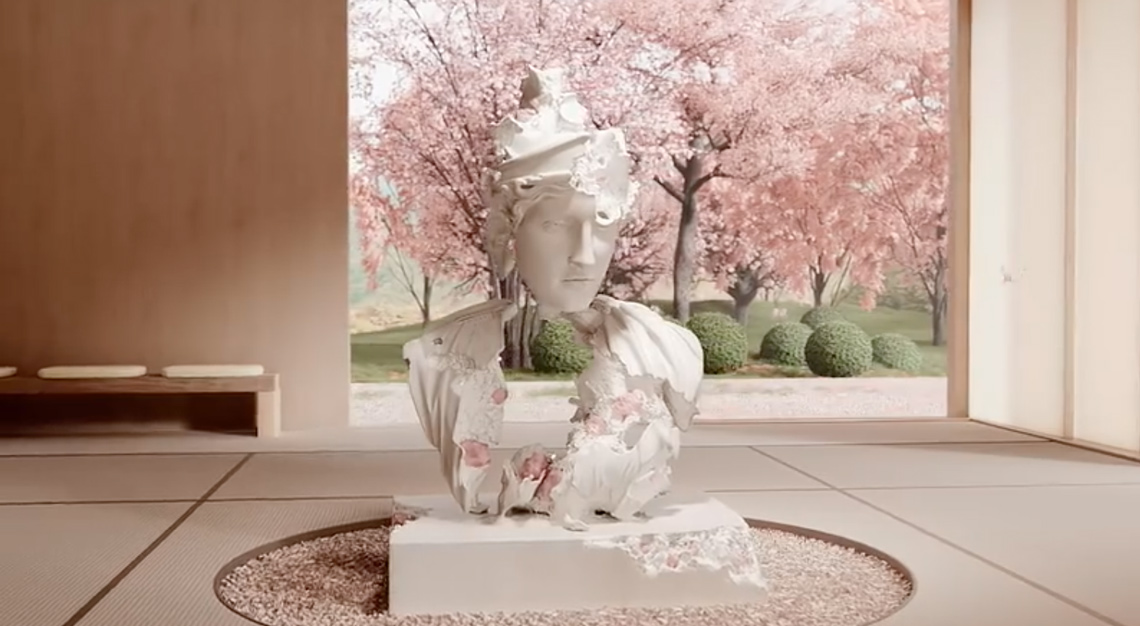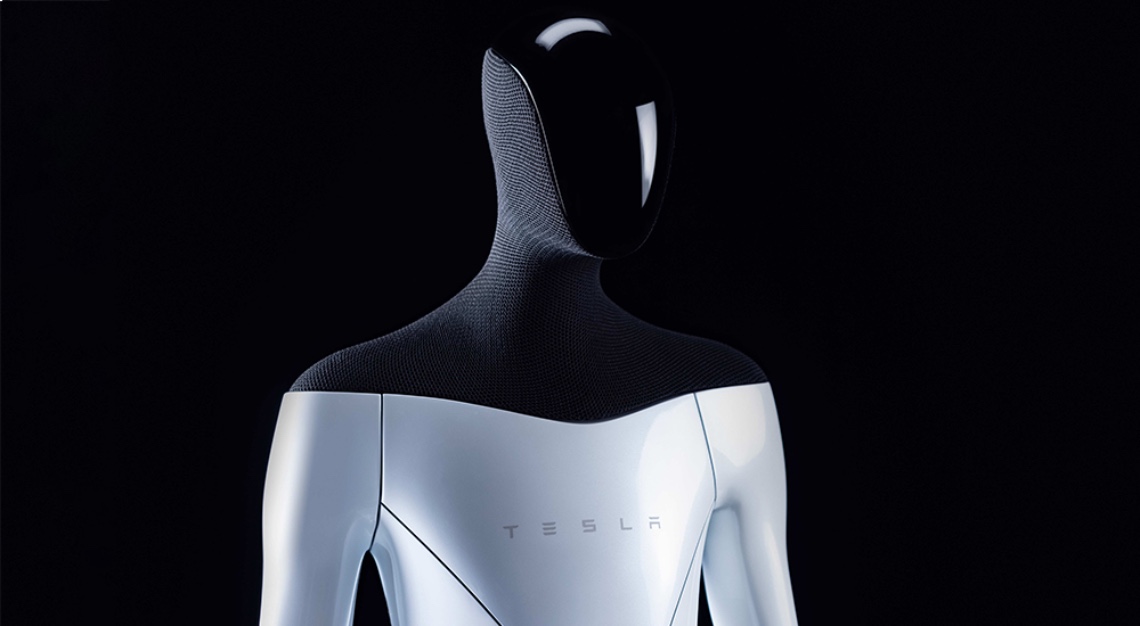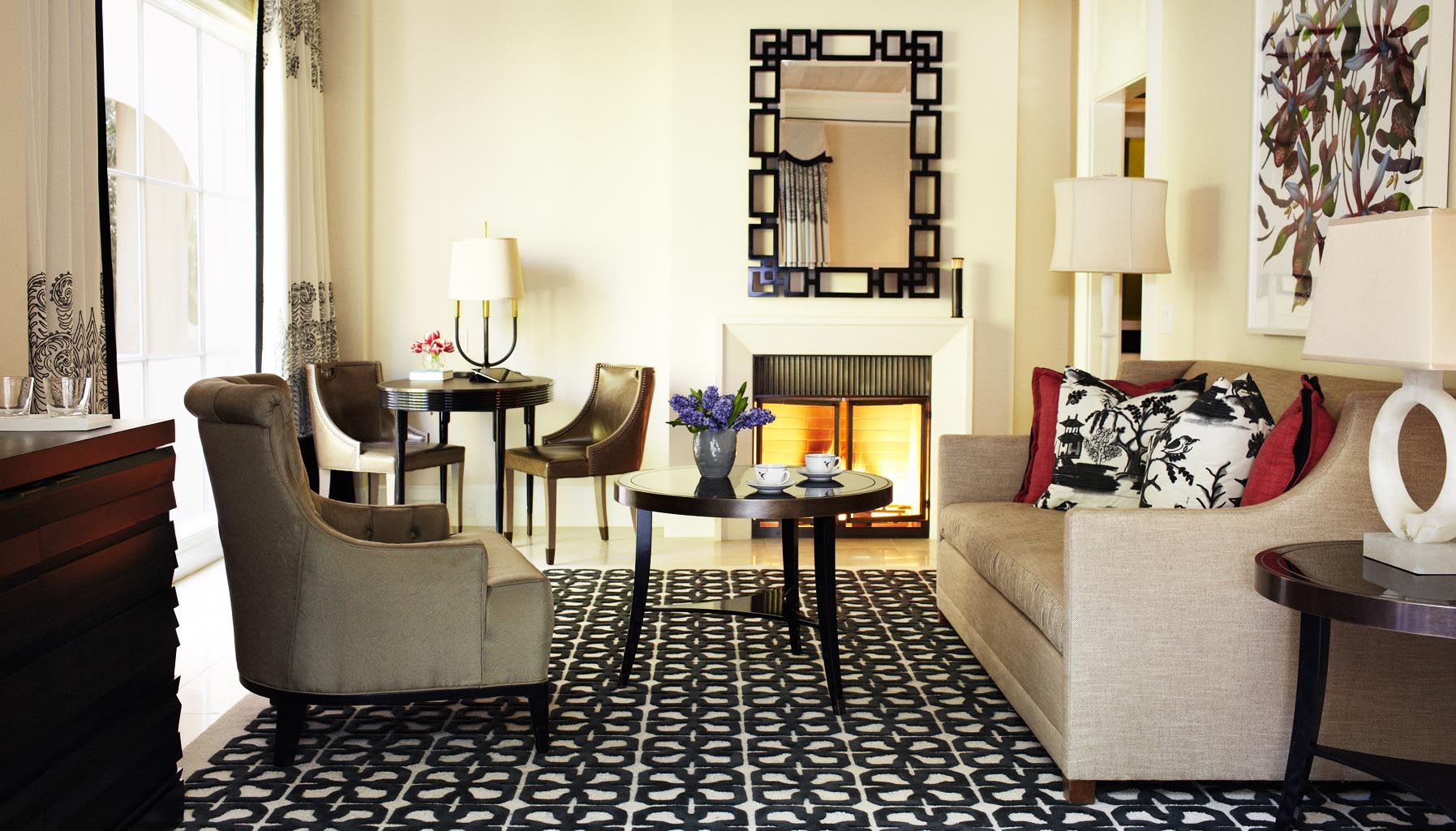It’s a social issue that few speak about: designing poorly for the poor. But designers have the power to end homelessness, Prasoon Kumar believes
Jeff Bezos is expected to become the world’s first trillionaire by 2026 – yet homelessness continues to plague the world at a worrisome rate. Today, around 1.8 billion people in the world don’t have access to homes, and this number is expected to rise to three billion in the next 15 to 20 years. While homelessness could be attributed to social issues such as lack of affordable housing, unemployment and poverty, one individual, in particular, believes it all boils down to one very simple thing: design.
Meet Prasoon Kumar, co-founder and CEO of BillionBricks, a Singapore-based, nonprofit-turned-for-profit organisation dedicated to solve the global housing crisis through new design and technology. Since its inception in 2013, BillionBricks has provided shelters, schools and homes to 5,365 people across nine countries, and provided relief support to some 10,000 people. Its pioneer innovation, weatherHYDE, an emergency tent that bagged the 2018 Singapore President’s Design Award, has sheltered some 4,345 people across eight countries.
With BillionBricks, Kumar finds himself speaking ‘unspeakable’ truths; how designers and architects alike have been designing poorly for the poor, and how Singapore’s culture of elitism has fogged our mentality on ‘helping the less fortunate’.
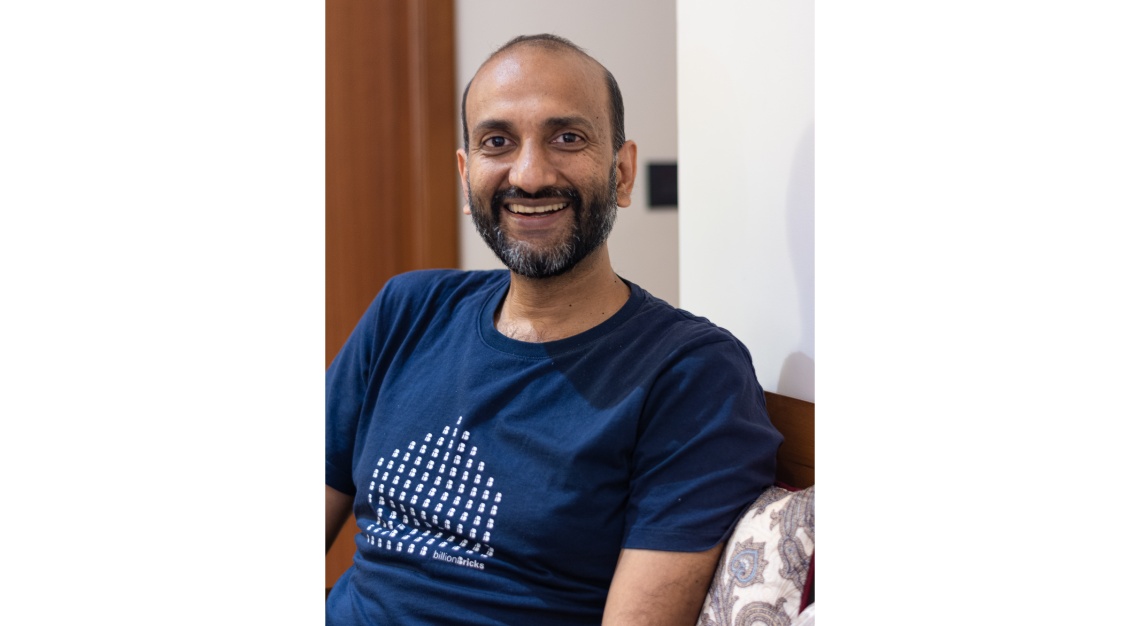
Was BillionBricks founded with the less fortunate in mind or just the desire to create good and responsible design?
I think BillionBricks had a very interesting start. I worked in the commercial design industry for about 10 years, with a background in architecture and planning. And in that period of time, I designed over 10,000 homes for people like you and me, who have access to a home. Often, architects in the corporate sector talk about wanting to create an impact in the work that they do, to ensure that the world becomes more equal. But I realised it was more talk than real action. Hence, I took BillionBricks as a challenge to solve a problem which I understood as an architect – housing.
Just like large monopolistic corporations like Google and Facebook who are dominating the sector they’re in, my goal was to build an enterprise that can dominate a problem and create highly scalable solutions that can transform the lives of millions of people across the world.
So Prasoon, why are we designing poorly for the poor?
This discovery stems from my own work as an architect. I’ve designed very high-end homes for people, worked on airport projects, shopping malls and office buildings. In the process, I saw how technology evolved, and how architects pushed the boundaries of design to create brand values. The best of materials are sourced to enhance the quality and performance of a building.
However, the moment it comes to the social sector or anything with regards to growing an infrastructure or building for the poorest of the poor, I find that the mindset of designers shifts. Instead, the first thing we’d worry about is the construction costs – we’d never take into consideration whether a design fulfils the user’s need, or whether he or she likes it or not. All of a sudden, we worry so much about the environment and question the sustainability of a product.
We put all these constraints on ourselves when it comes to designing for the poor. And I think that’s what drives us to design poorly for them.
Does this mindset still persist today?
Absolutely. At conferences, everyone speaks about it but doesn’t question it. I meet a lot of students from architecture schools and high schools who reach out to me to ask if they could help me in my building projects in countries from around the region. I think this is where you’ll find a little bit of elitism in the society as well; these students technically aren’t trained and qualified to be on a construction site. There’s still a mindset that just because we come from a rich country, we could go pick a poor country and offer our help to them. This mentality hasn’t changed fast enough.
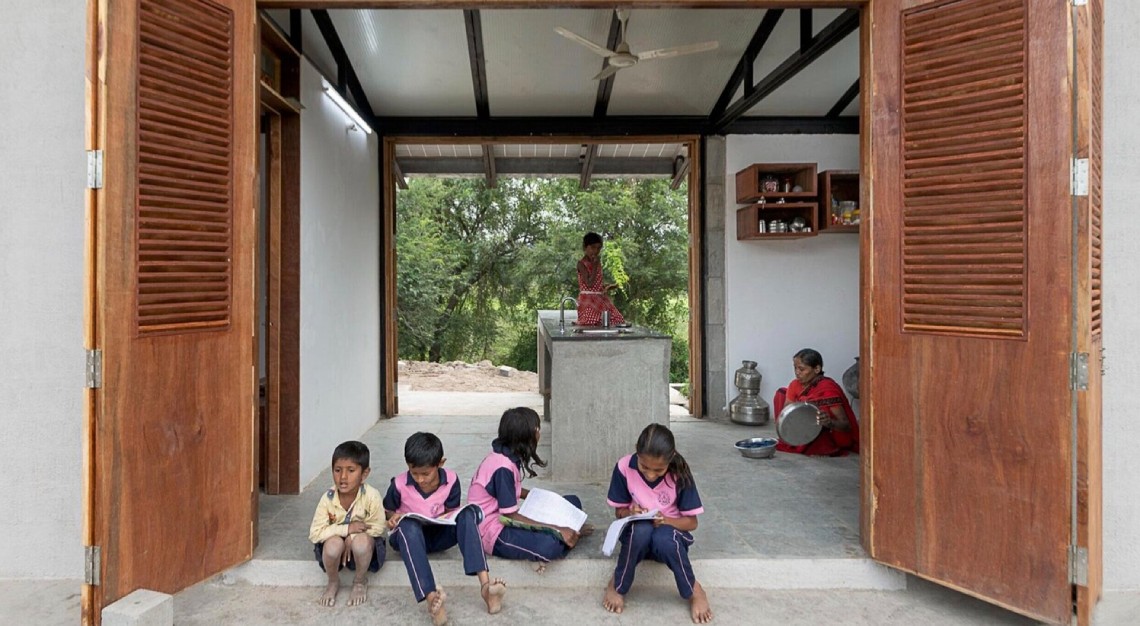
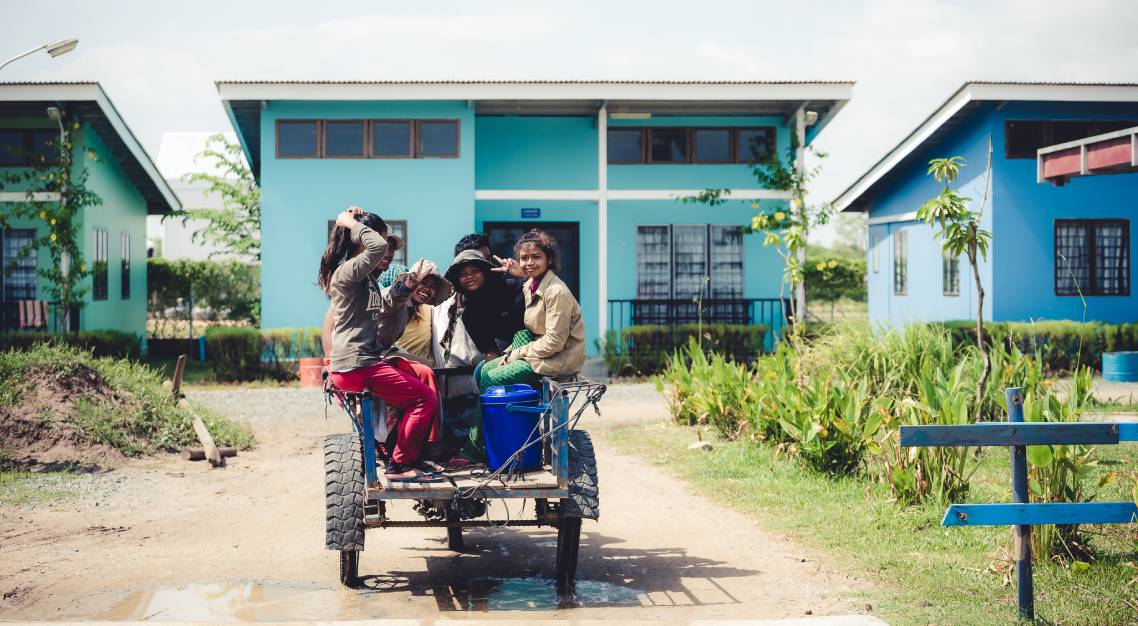
The very fact you had to build a company from scratch, including having to launch a Kickstarter campaign, seems to indicate that we don’t see enough aid from larger companies to address poverty and homelessness around the world. How do you feel about this?
The fact that I had to build BillionBricks from scratch is due to the fact that the business model I wanted didn’t exist then. I find that the world has a lot of talent and resources, but at times, we designers become very complacent and uncreative, especially when it comes to the social sectors. If the United Nations had found a solution to end homelessness, then the issue would have already been solved, right?
Today, there are about 1.8 billion in the people in the world who don’t have access to homes. That number is increasing to three billion in the next 15 to 20 years, which means that we’ve not been able to catch up with the problem as well.
Was it challenging to rally potential teammates and stakeholders to make them believe in what you’ve always believed in – that design can save lives?
Both yes and no. I do find that when I speak about designing for the poor, most people tend to agree with what I say. So there is recognition for that. However, with the current systems in place, executing the design is still difficult. In the process, I have to make sure I don’t push the poor into the background while pursuing what a funder or stakeholder wants.
At the end of the day, I think my responsibility as a leader is to make sure I can bring the entire community along with me. I can’t work alone or in silo. Hence, the recent transition for BillionBricks from a non-profit organisation to a for-profit one would allow me to convince a venture capitalist to believe that, while the core of BillionBricks might be rooted in some of the poorest communities in the world, it also has a financial model that equally balances financial returns and the environmental or social impact it wishes to achieve.

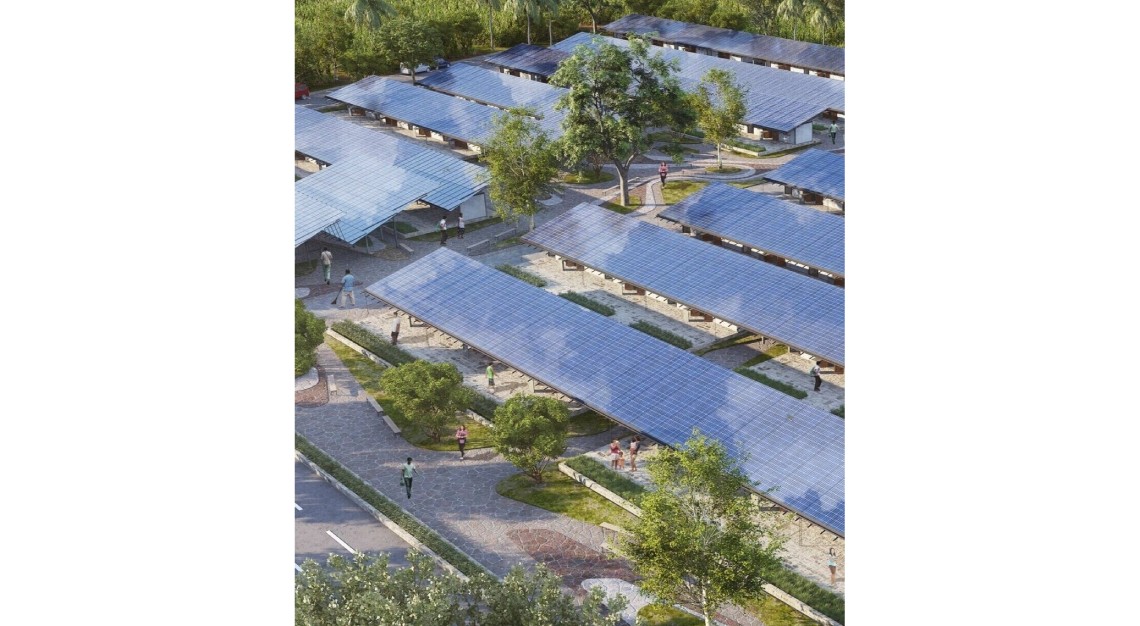
So what’s good design to you?
Good design needs to be truthful. Like I said, I think the reason why we end up designing poorly for the poor is because we’re not being truthful as to why we’re designing. We think we’re doing it for the poor, but in reality, we’re designing for something else. It’s not intentional; I think our values are correct, but we don’t think hard enough of what is driving us.
For instance, at a recent architecture forum, there was an individual who spoke about wanting to inspire more people to do more social architecture work. While I definitely do want people to be inspired, I don’t want them to immediately ask themselves, “Which country do I want to go to and help?” This is because the first thing that easily springs to mind when we talk about social architecture are infrastructure projects in countries like Cambodia, Indonesia or Philippines, for instance. I think if your intention is to design to solve a problem, you should work in your own community first. Just for the fact that you’re rich and these countries are poor doesn’t mean that they need your help. We’re the ones who impose ourselves on them. We should be solving our problems first rather than their problems.
If you were given a blank cheque to build a shelter for the poor from scratch, what would it look like?
It’s an interesting question, but I actually don’t need a blank cheque to do a home for the poor at all. I think the home that I’ll design would look like the typical home that you and I live in. I think all the technologies and innovation I’d need already exist. The only thing that doesn’t exist is the money and our desire to go build it. In terms of design, I don’t have to innovate. I don’t want the homes of the poor to look different from the homes you and I live in. When we pass by their homes, nobody should know that these houses belong to the poor.
Closer to home, how do you think responsible design can improve the quality of our lives in Singapore?
I think about that all the time. For Singapore, by taking the right steps, it’ll be much easier for us to move on the sustainability forefront. As an example, one will find that much of the Marina Bay district is built with glass curtain walls – a new icon of modern Singapore. But this design is completely in contrast to what architecture in the tropics should be. We can be sustainable and create great icons, but the design need not be something that’s being taken from the West. In the West, where you’ll find highly cold climate areas, glass is used in buildings as it helps to retain heat. While it does look highly sophisticated in buildings in Singapore, the embodied energy within a room or space is huge.
A lot of things need to be driven not by institutions, but by people. If the people are given a certain level of freedom to think and be creative, and the space to fail and do some wrong things, that would probably foster more creativity and push the nation forward.

